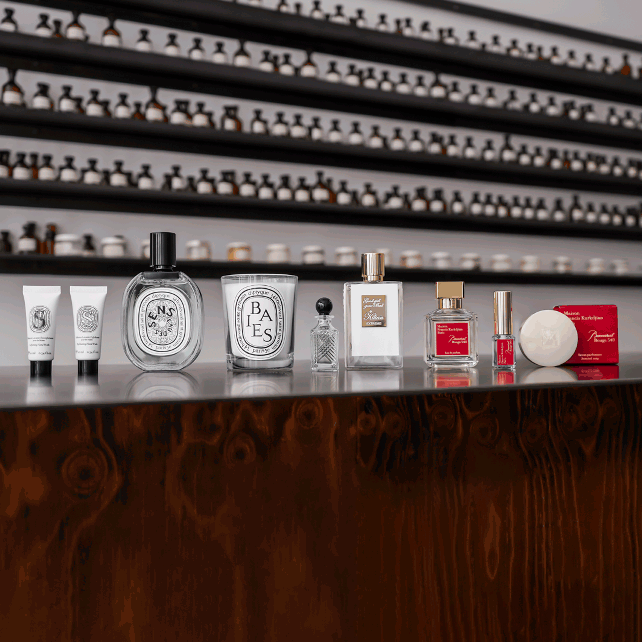
100% authentic products & official reseller for :
creed, maison francis kurkdjian, kilian paris, marc antoine barrois
You have a question? Please consult the Frequent Asqued Questions (FAQ).
If you don't find your answer, please contact us:
by email: info@noseparis.com
by phone: +33 1 86 47 72 76
Nose ship perfume by international airfreight and by La Poste for the services Colissimo Expert and Chronopost Classic to more than 75 countries.
To know more, please consult the Frequent Asked Questions (FAQ)
To know more about returns and refunds, please consult Terms and Conditions of Sales, section 6 Right to and period of withdrawal.
Nose proposes an olfactive diagnosis where 5 perfumes will be proposed among a list of 500 curated ones.
Do the diagnosisNose proposes an olfactive diagnosis where 5 perfumes will be proposed among a list of 500 curated ones.
Do the diagnosisIf March 21st is for the most the beginning of the new season, in several Asian countries, such as Iran, Afghanistan and Turkey, this date also corresponds to New Year. In these regions, Noruz (from Persian "no" - new - and "ruz" - day) is indeed the first day of the year: people start with the great spring cleaning, then buy new clothes and buy flowers.
The festival lasts several days and the main tradition is the Haft Sin: 7 elements whose names begin with "s" are put forward on the table:
Among those 7 elements, it is mainly the wheat plants and hyacinth bouquets to animate the houses and the streets, for at least two weeks.
These two symbols of renewal have only recently entered the high perfumery. The wheat notes are extracted from germs or grains of wheat and have different olfactory nuances (green, cereal and aquatic); those of hyacinth, on the other hand, are known for their characteristic odor, their persistence and for their capacity to fix and revive the notes they are associated with.
Discover below our selection of perfumes highlighting these spring notes.

100% authentic products & official reseller for :
creed, maison francis kurkdjian, kilian paris, marc antoine barrois

no custom, nor clearance and VAT-free under $800
free express DHL delivery from Paris to New York, Los Angeles, Chicago, or Miami
within 2-3 working days for any order above €167 (before VAT) / $175
(all information here)

French (euros) prices (likely among the most competitive)
3 free samples with orders from 80€ and 6 from 160€
+500 gifts available with purchases across 80% of our brands